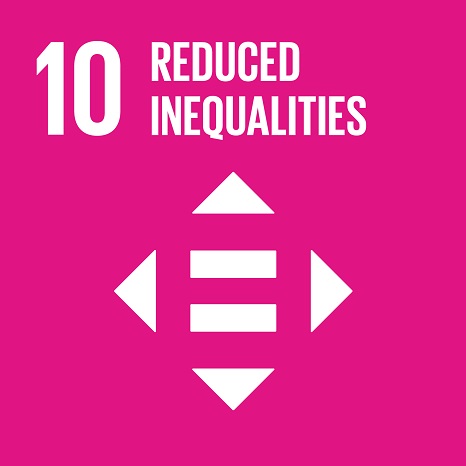Ciência_Iscte
Publications
Publication Detailed Description
Journal Title
e-Journal of Portuguese History
Year (definitive publication)
2023
Language
English
Country
United States of America
More Information
Web of Science®
Scopus
Google Scholar
This publication is not indexed in Overton
Abstract
In this article, the author draws on “statistical maps of the population” in the Portuguese Atlantic at the turn of the nineteenth century in order to trace the demographic profile of cities in the Azores, Madeira, West Africa, and Brazil. Beginning with a reflection on what a “city” would be according to the Portuguese Crown, I then outline the proposed methodology and new demographic data on 20 cities, together with bases for comparative analyses of other non-Portuguese colonial realities. The demographic weight of the cities varied significantly between, and even within, the various Portuguese territories. 10.4% of the population of the Atlantic region lived in cities, which was roughly equivalent to the percentage rate in mainland Portugal, and, in the case of Brazil, clearly higher than Spanish America. The relatively low proportion of Europeans and the predominant presence of enslaved populations were a distinguishing feature of Portuguese colonial cities in West Africa and in Brazil. In that respect, they were similar to urban areas in the Americas that were under the control of the Spanish monarchy, but there were two key differences. Slavery in Brazil was significantly more urban in nature than in Spanish America. Secondly, Brazilian cities did not have large contingents of Indigenous populations, in contrast to Spanish American cities, reflected in the different patterns and forms of colonization employed by the two empires.
Acknowledgements
--
Keywords
Cidades,Império colonial português,Atlântico,Demografia,Escravatura
Fields of Science and Technology Classification
- History and Archeology - Humanities
Funding Records
| Funding Reference | Funding Entity |
|---|---|
| UIDB/03126/2020 | Fundação para a Ciência e a Tecnologia |
Related Projects
This publication is an output of the following project(s):
Contributions to the Sustainable Development Goals of the United Nations
With the objective to increase the research activity directed towards the achievement of the United Nations 2030 Sustainable Development Goals, the possibility of associating scientific publications with the Sustainable Development Goals is now available in Ciência_Iscte. These are the Sustainable Development Goals identified by the author(s) for this publication. For more detailed information on the Sustainable Development Goals, click here.

 Português
Português



